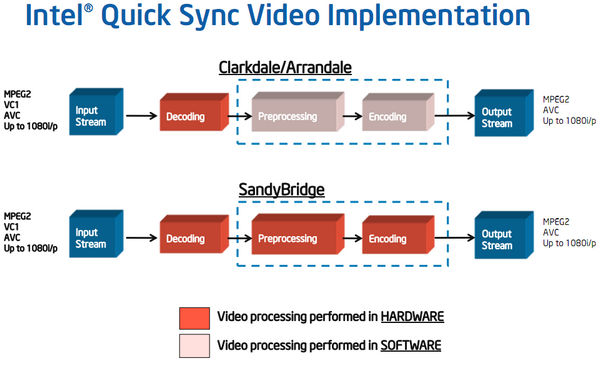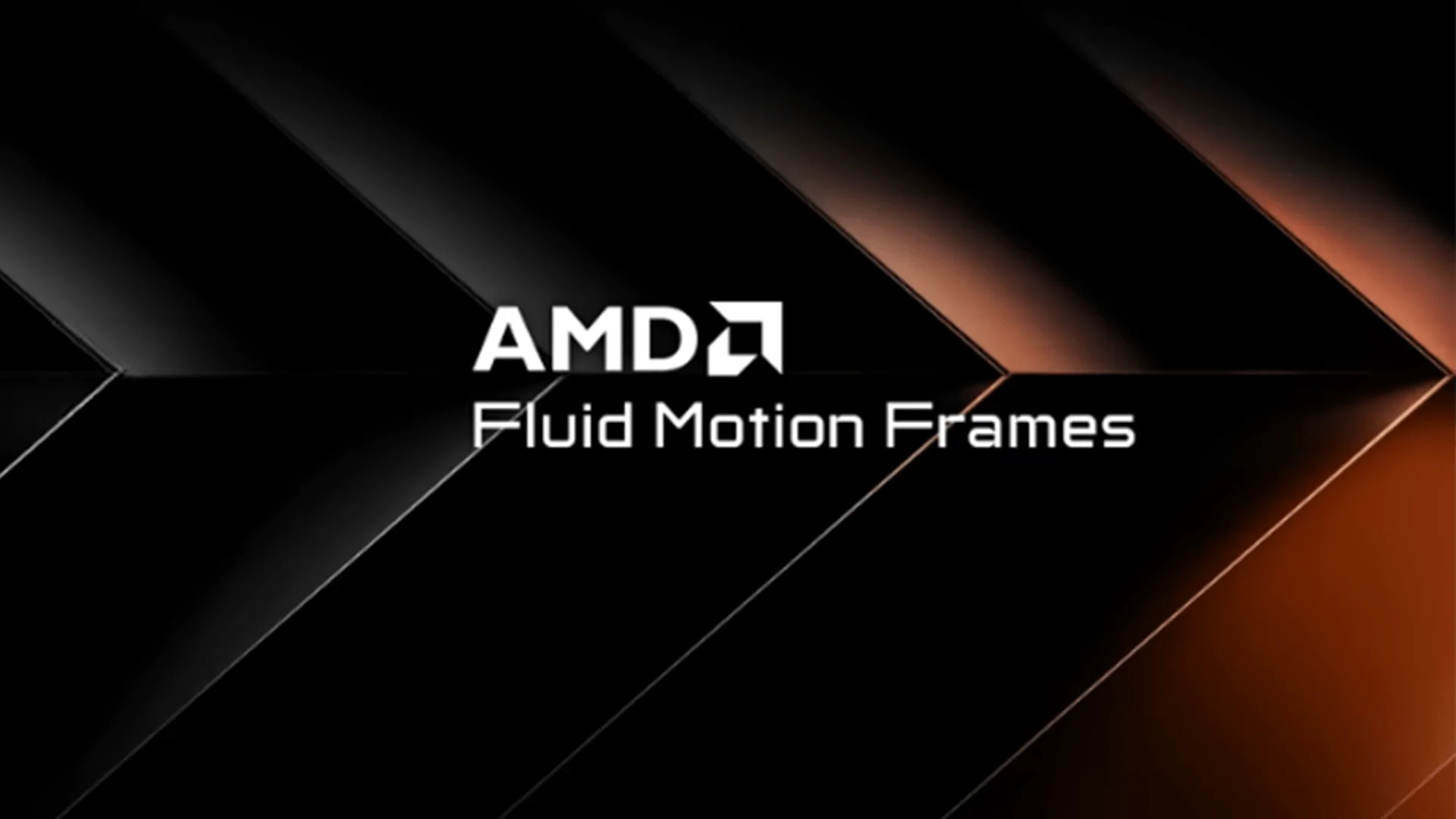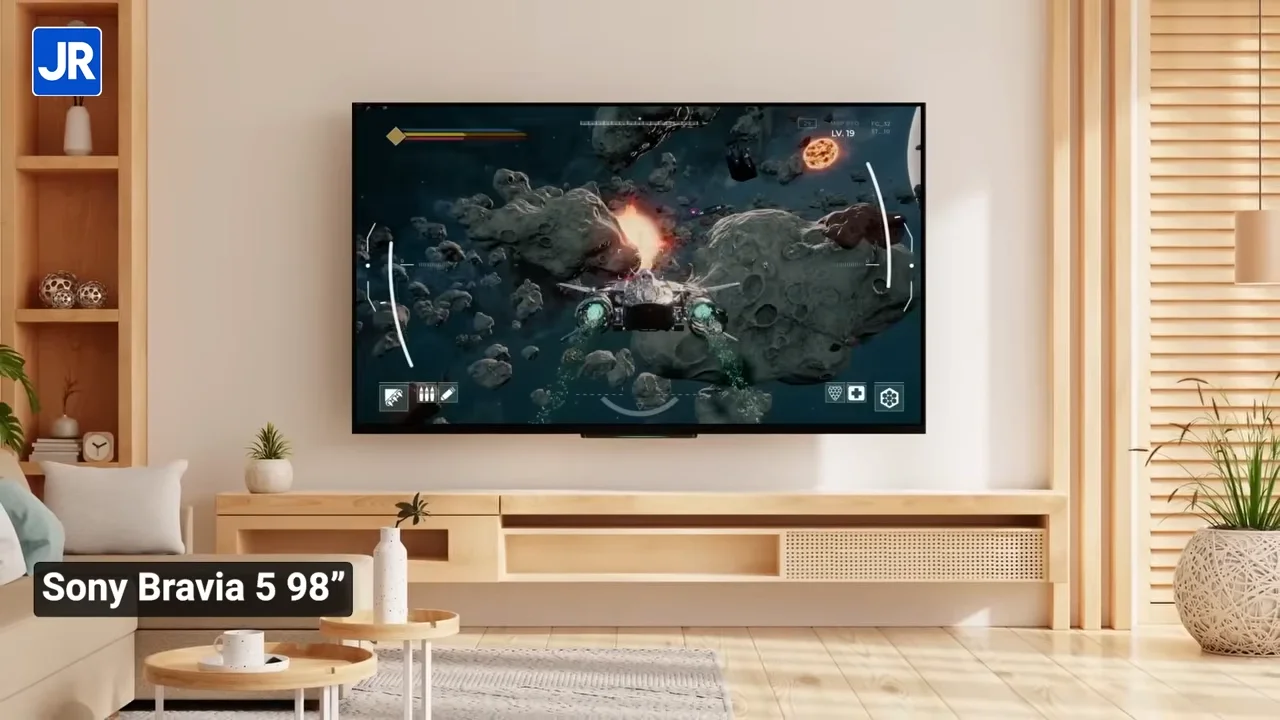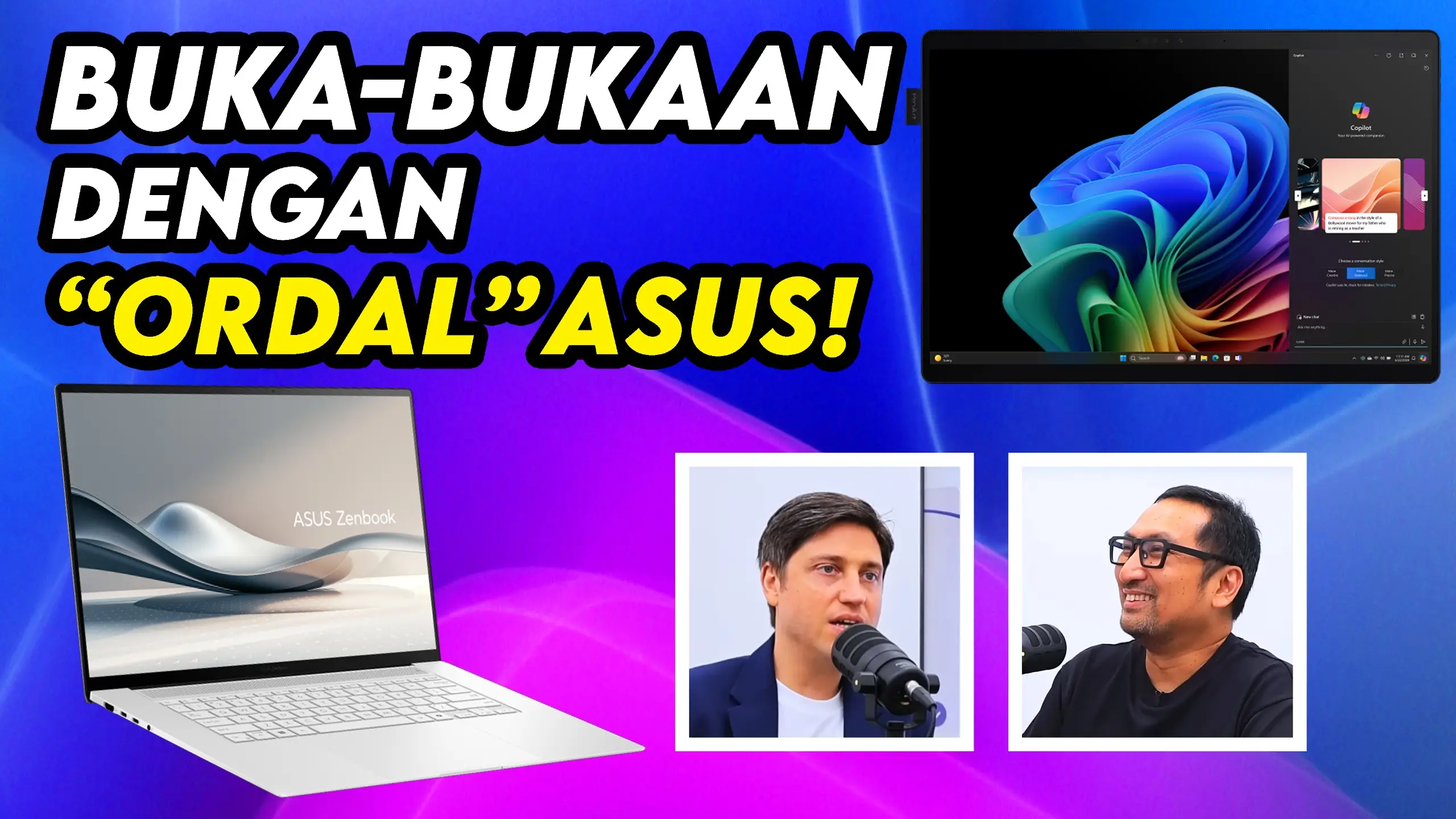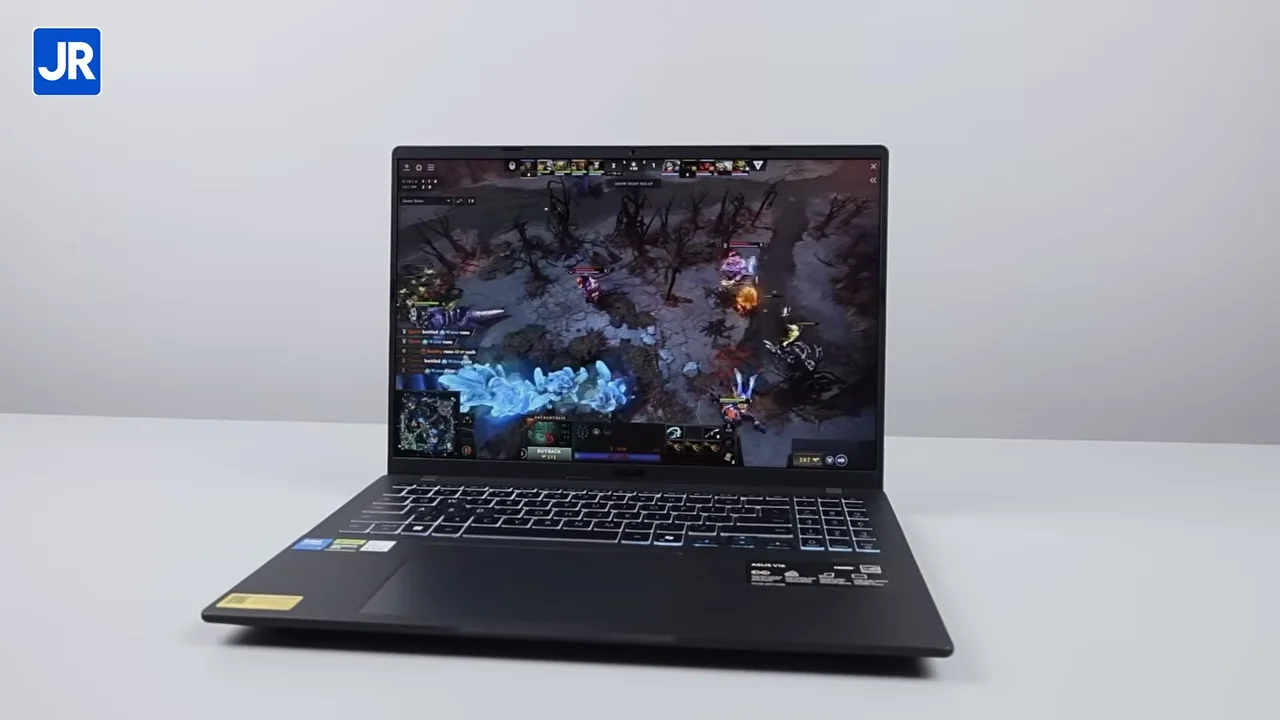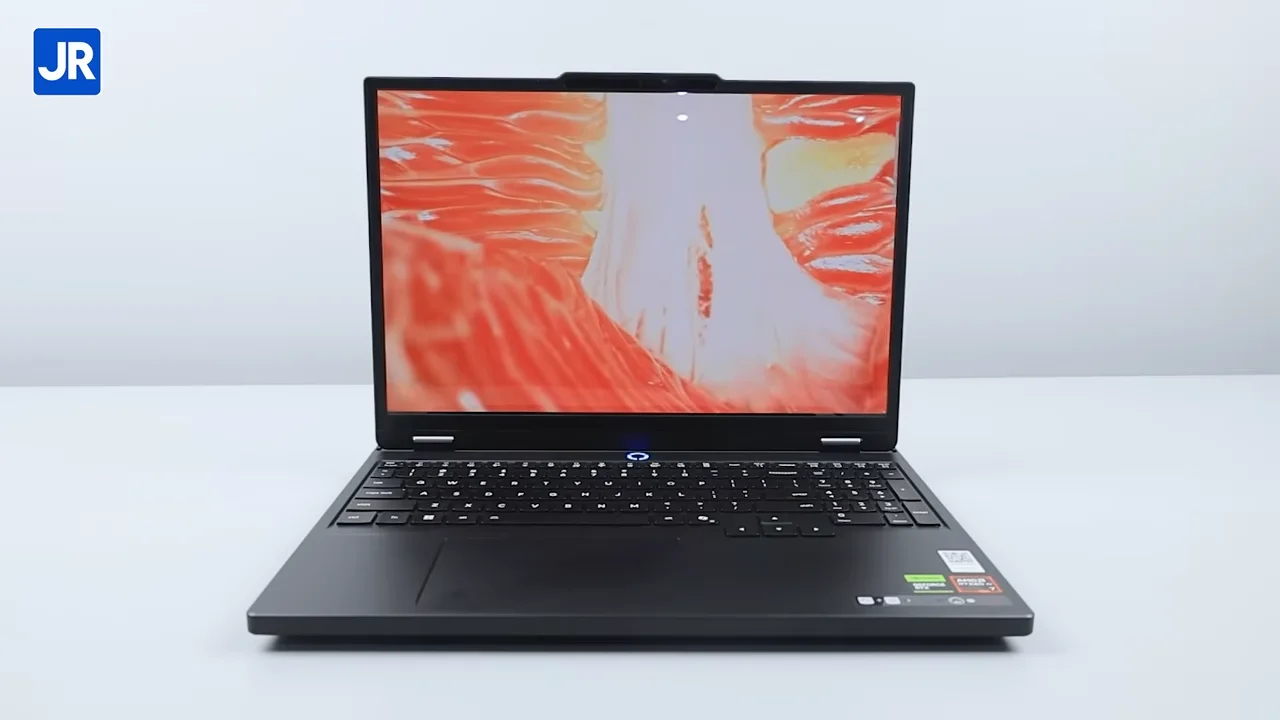The Sandy Bridge Review– Architecture, Technology, and Features
The Intel HD Graphics 2000 and 3000
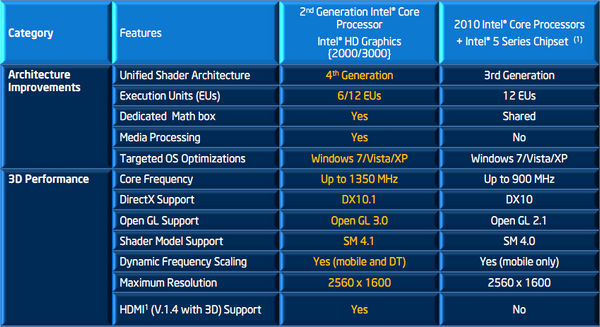
Every Sandy Bridge CPU comes with an embedded Intel HD Graphics processor, but the type varies depending on the model. There are two different Intel HD Graphics variants, namely the Intel HD Graphics 2000 and 3000. They both have full support for DirectX 10.1, with Shader Model 4.1, and Open GL 3.0. The difference between them lies on the amount of available “EU” (Execution Units, Intel’s own term for “stream processor”. Intel HD Graphics 2000 has 6 EUs while the HD Graphics 3000 comes with 12 EUs. In order to make use of these on-chip graphics, you’ll have to pair the corresponding processor with a motherboard based on the “H” series chipset, such as H67.

Intel Turbo Boost 2.0 Technology
The “Turbo Boost 2.0” technology on Sandy Bridge processors works in the same way as the previous version. However, this 2.0 version allows the processor to increase its clockspeed beyond what is specified by the rated TDP.
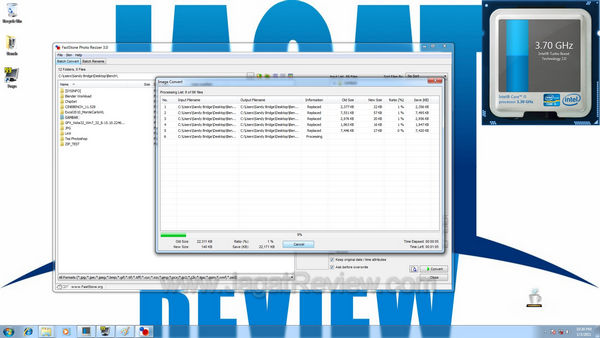
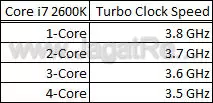
This is how Turbo Boost 2.0 speeds up the Core i7 2600K. If the running application is only utilizing one of the four available processor cores, that particular core will increase its speed up to a maximum of 3.8 GHz while the other three remain in idle condition. If the temperature limit has not yet reached at the maximum “Turbo Boost” speed of 3.8 GHz, the clockspeed can be further increased beyond that frequency.
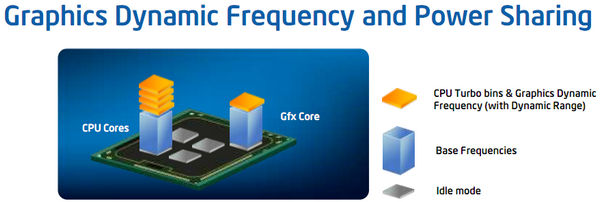
Sandy Bridge’s on-chip graphics processor is also equipped with a Turbo Boost feature of its own. When the CPU cores have not reached the overall TDP limit, the graphics chip can increase its frequency. With the Core i7 2600K, the on-chip graphics core accelerates to as high as 1100 MHz.
Intel Quick Sync Technology
Intel implemented their latest technology on Sandy Bridge processors: the Quick Sync. It enables hardware video encoding on the processor, unlike the previous Clarkdale/ Arrandele CPUs that rely on software processing to handle similar scenarios. This could come in handy in real-world, multimedia applications such as the MediaEspresso 6.0.
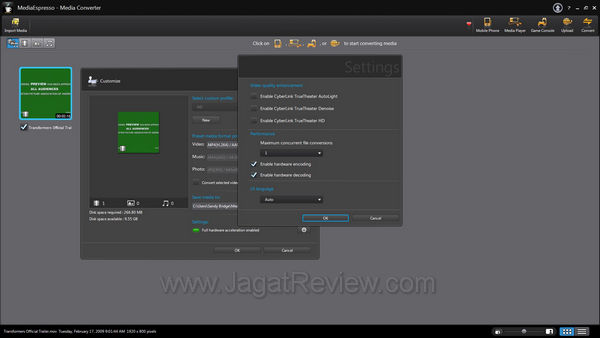
As you can see in the picture above, the “Full Hardware Acceleration” option can now be enabled on the Sandy Bridge processor. However, when you add a dedicated graphics card into your system, Intel’s “Full Hardware Acceleration” will become unavailable.

The Intel logo is visible on the lower left corner of the progress window when the “Full Hardware Acceleration” option is enabled. Quick Sync accelerates the video transcoding process in the MediaEspresso 6.0 software.

